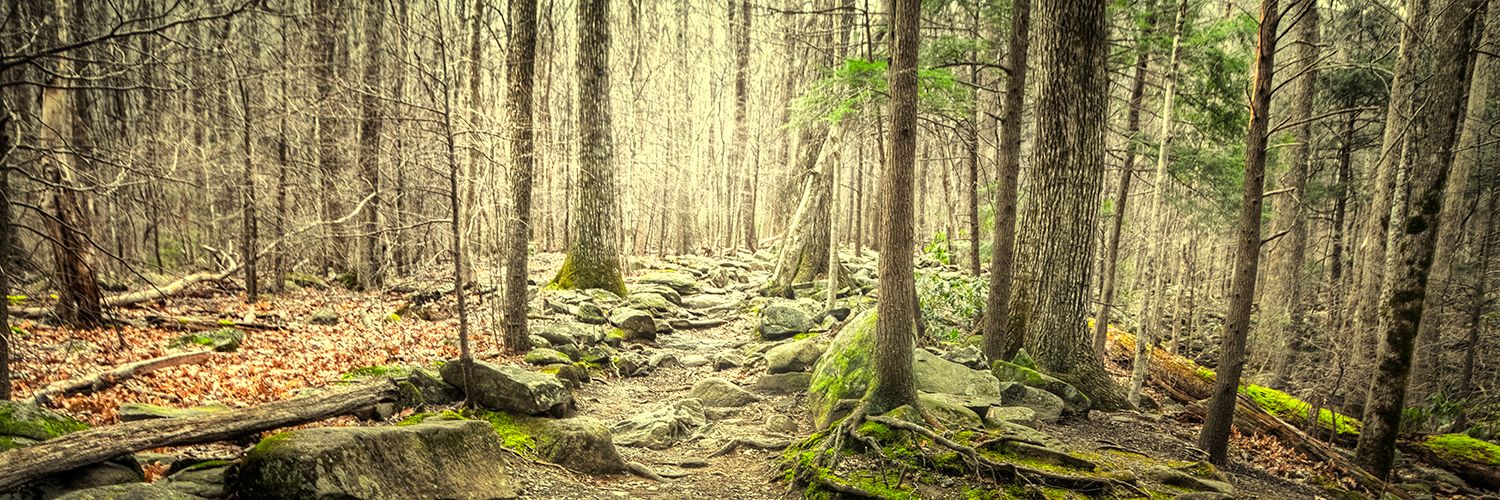Fungi Forever
The first series will be from McConnell Lake.

This is most likely Clavariadelphus ligula but apparently it is indistinguishable in the field from C. sachalinensis but I don’t know if we have the latter species here. They are commonly called Strap Corals. Apparently, intermediates between the 2 species can be found so the taxonomy may be in flux so C. ligula is the preferred name.

A cluster of Boletes that have pores instead of blade-shaped gills on the undersides. These may be a species in the abundant Suillus genus but I did not examine then closely enough to be sure.

Clusters of these smallish mushrooms were common on some fallen logs.

Clumps of these brown mushrooms were emanating from the duff on the forest floor. They had blade-like gills but that is as far as I took my investigation.

This large, gilled mushroom was growing in the mossy litter on the forest floor.

Here is the attractive setting for the large mushroom in the previous photo.

I am wondering if these polypores on the end of a downed log are Tramates versicolor or Turkey Tail but apparently, this genus and species is not usually found on conifers. Possibly they are in the Phaeolus genus or something else entirely. How is that for being definitive?

Here is another polypore, commonly called “conks” on a conifer stump. This is possibly the red-belt conk or Fomitopsis pinicola.
There were numerous other mushrooms around the McConnell Lake trail, but I will now focus on the recent KNC trip with Gary Hunt.

As happened many times throughout the morning, Gary was identifying and explaining the characteristics of the many mushrooms that people kept bringing him. He is a natural educator and provided a wealth of education for the enthusiastic crowd.

One of the many Boletes seen on the trip and I missed the identification discussion but most likely in the Suillus genus.

Here is the underside of the previous mushroom showing the pore-like structures from which the spores are deposited.

If I captured the discussion correctly, this is the Deadly Galerina or Galerina autumnalis. It contains amatoxins which are found in the Amanita mushrooms and can be fatal.

Another very poisonous mushroom found on the trip is this species of Hebeloma. They can be difficult to identify to species. Some books suggest that some but not all are poisonous however all may be poisonous. Sounds like a group to avoid eating. They were common in the area we explored.

This is the underside of the Hebeloma mushroom.

This somewhat pumpkin-coloured mushroom is Hygrophoropsis aurantiaca or the False Chantarelle. The orange coloured gills shown in the next photo are a major clue when identifying this species.

Here are the gills for the False Chantarelle. This rather inocuously-coloured mushroom is a species of Inocybe. Identification to species usually requires microscope work.
This rather inocuously-coloured mushroom is a species of Inocybe. Identification to species usually requires microscope work.

The ventral side of the above Inocybe.

And lastly, just a nice grouping of Russula (I think) mixed with mosses and lichens. Not knowing names does not prevent us from enjoying their beauty.
